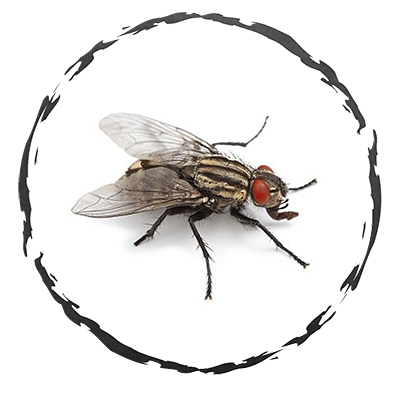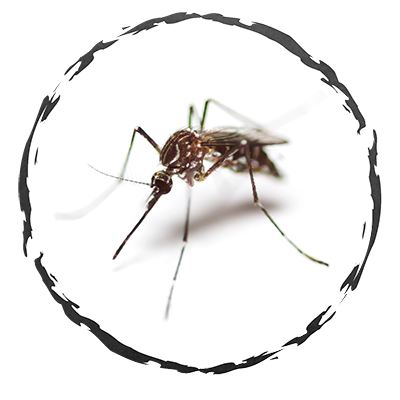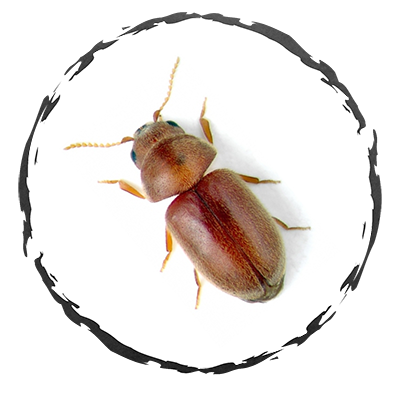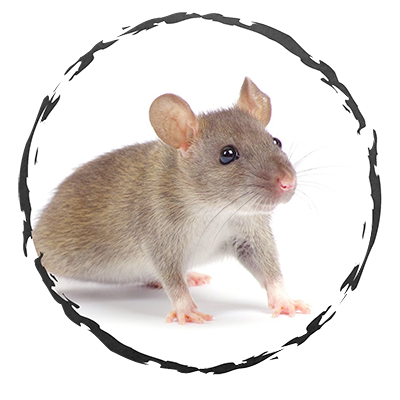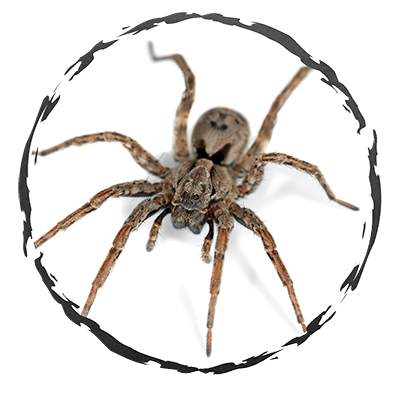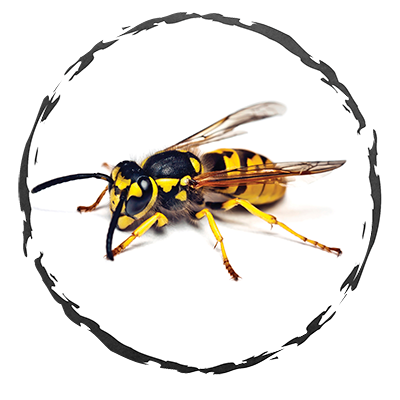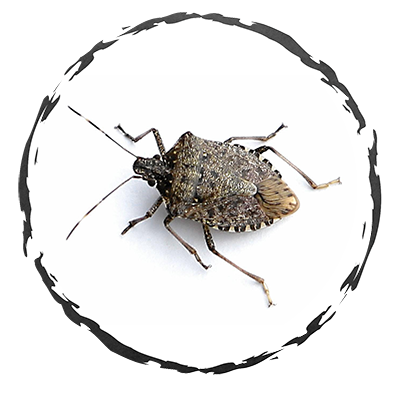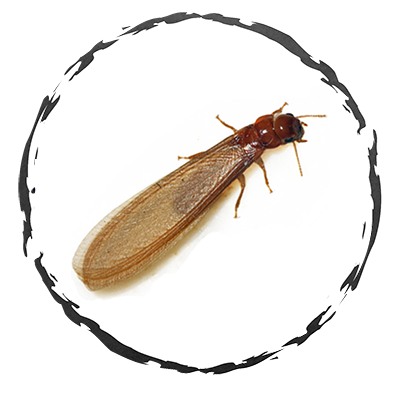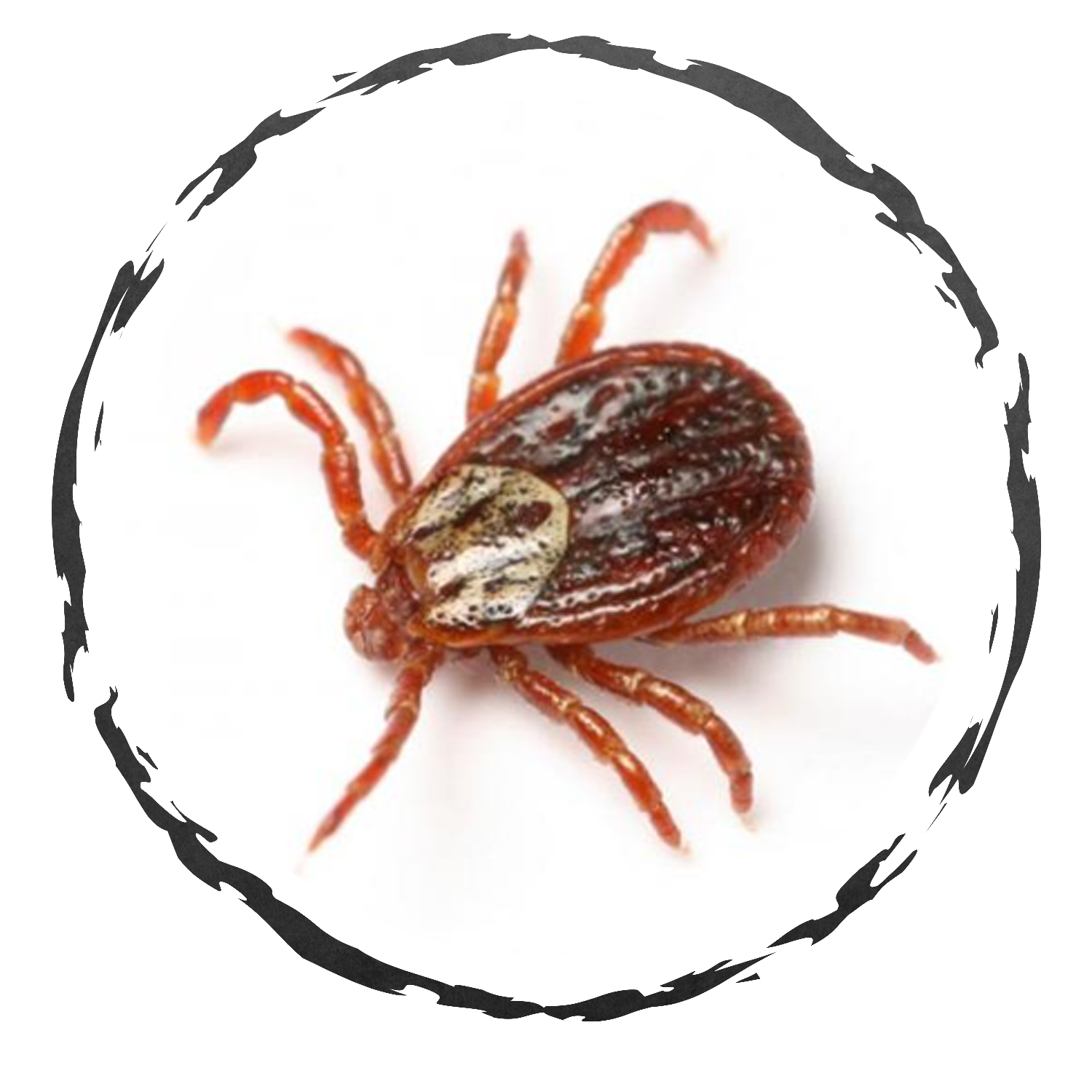About Fleas
Biology: The Cat Flea is a blood feeder. The adults remain on the animals they feed on unless physically forced off, and may live up to a year. The female lays the eggs on the host animal and these eggs fall off to the floor or other surface below. The eggs hatch in a few days and the larvae begins to feed on organic debris it finds, but also must consume some dried blood in order to progress to the pupa stage. This blood is from the dried feces of the adult fleas, and it falls off the pets wherever they spend time. Under ideal conditions the time from egg to adult can be as short as 2 weeks, or it may take several months if there is no host activity to stimulate some of the pupa to hatch to the adult stage. The Cat Flea is a possible vector of bubonic plague, and it is a common flea species on raccoons and opossum, as well as the primary flea on both dogs and cats in the US.
Identification: All fleas are similar in appearance, as wingless insects with bodies flattened from side to side and with long hind legs for jumping. Flea larvae are rarely seen, but they are legless and whitish with a brown head, unless they have fed on fecal matter from the adults, in which case they assume a reddish color. They are covered with short hairs, and when disturbed are able to flip about violently in order to escape.![]()
Treatment Options
Characteristics Important in Control: Elimination of fleas on household pets will be important in preventing the production of eggs that fall onto carpeted areas inside. If an infestation is occurring due to breeding and larvae on the interior it generally is controlled with an application of a residual insecticide, preferably with the addition of an insect growth regulator as well. Vacuuming of the carpet prior to the application as well as following it will be important, as this vibration and contact will stimulate the emergence of adult fleas from the pupa, exposing them to the pesticide application.
If fleas are present in your home, some type of treatment to the animal is recommended, which is best determined by your veterinarian. Treatment to the environment, i.e., your home is best left to professionals.
Our treatment protocol combines an application of “adulticides’ and growth regulators applied to areas frequented by your pet(s). This will require you and your pets to vacate the home for a period of up to four hours. These materials will interrupt the natural growth cycle of fleas and may take up to three weeks for full elimination. If activity is experienced after that time, we will come back and re-treat as necessary. Your technician can answer any questions or concerns you may have on the day of service.

.png)

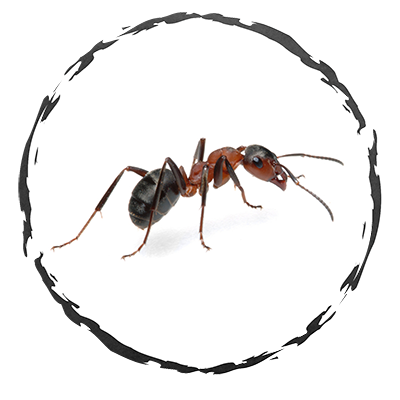
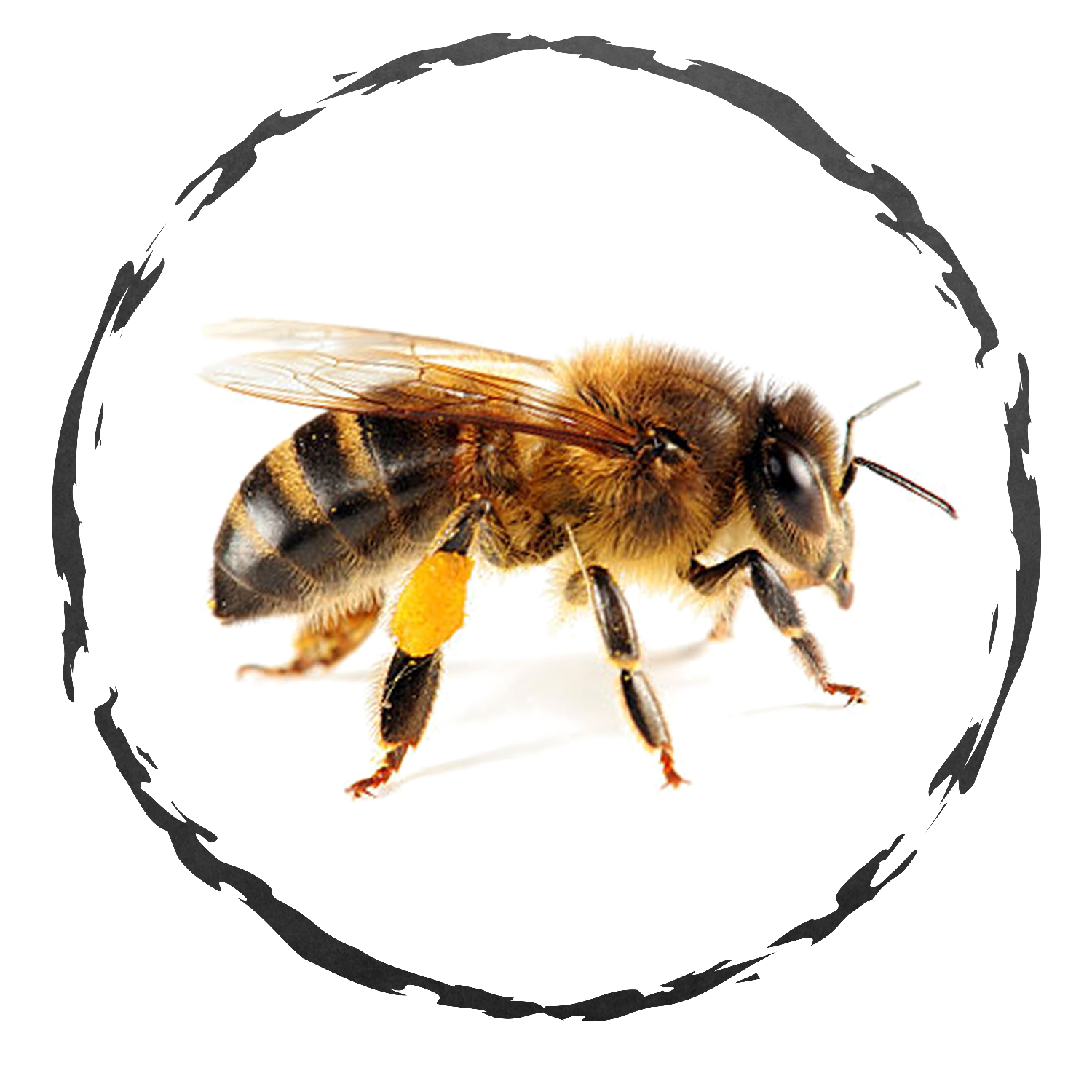
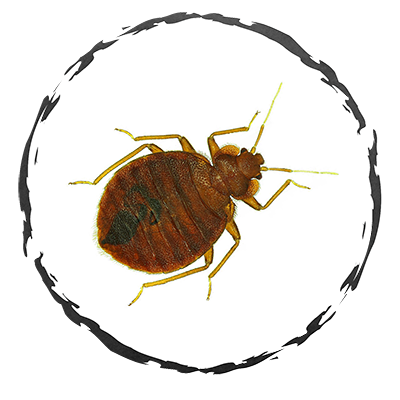

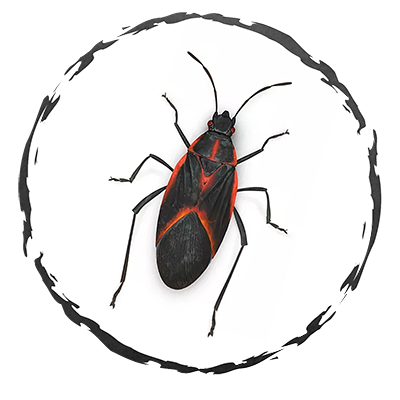
.png)
.png)
